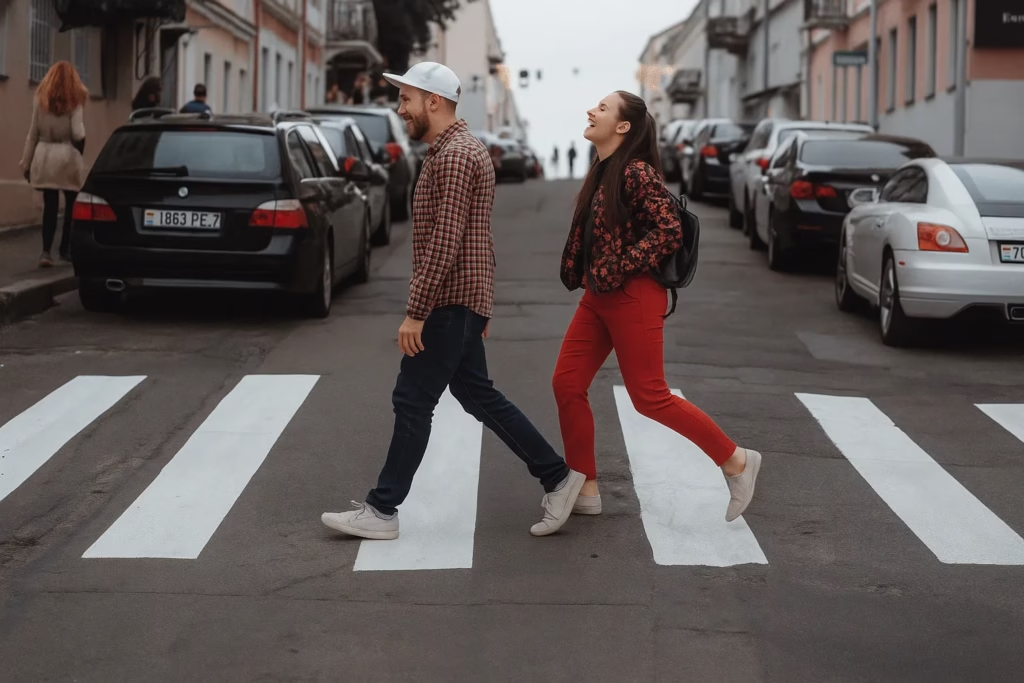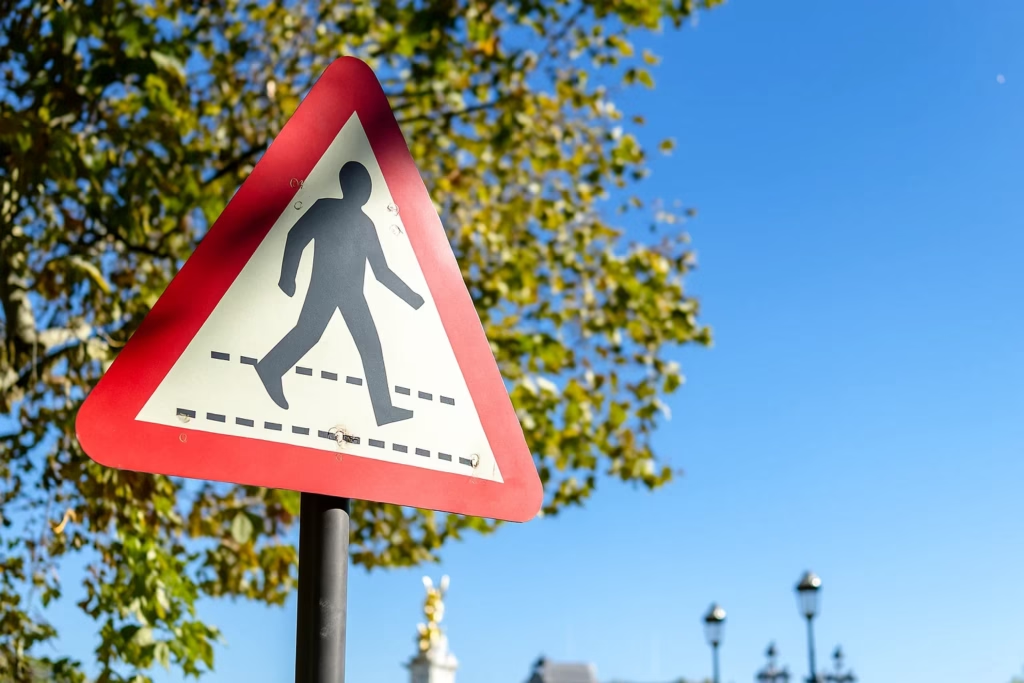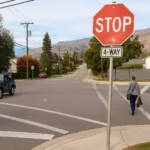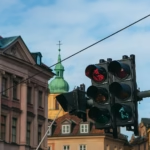Walking is something we all do every day, but the moment we step onto a road, safety becomes a priority. Roads are mainly designed for vehicles, but pedestrians need safe ways to cross them too. That’s where pedestrian crossings come in.
Why Do We Need Pedestrian Crossings?
Before diving into the types, let’s quickly talk about why they matter.
Safety first – Pedestrian crossings give people a safer way to get across busy streets.
Organized traffic – They prevent random jaywalking, which can confuse drivers.
Accessibility – Crossings are designed to help everyone, including children, the elderly, and people with disabilities.
Shared responsibility – They remind drivers and pedestrians to respect each other’s space.
Now, let’s explore the different types one by one.
1. Zebra Crossing
A zebra crossing is probably the pedestrian crossing you are most familiar with. It is easy to spot because of the black and white stripes painted across the road, which give it its name. At a zebra crossing, drivers must stop and give way to people waiting to cross.
As you approach one, you may also notice flashing amber lights and white zigzag lines on the road. These make the crossing more visible to drivers. Pedestrians must make sure they reach the other side safely before vehicles can move again.
Failing to stop at a zebra crossing can lead to fines or penalty points on a driving licence. If the zebra crossing is split in the middle by an island, each half should be treated as a separate crossing.
2. Pelican Crossings
A pelican crossing uses traffic lights, a button, and sometimes sound signals to help people cross safely. These are common in busy areas like town centres. To use one, pedestrians press the button on the control box and wait. The traffic lights then turn red to stop vehicles, while a green walking symbol appears, along with a beeping sound, to let pedestrians know it is safe to cross.
3. Toucan Crossings
A toucan crossing is similar to a pelican, but it is designed for both pedestrians and cyclists. The name comes from “two-can,” meaning that two types of road users can cross together. On the control panel, you will see symbols for both a person and a bicycle.
These crossings are often found near cycle lanes, parks, and shared paths. They are operated by normal traffic lights and do not have a flashing amber signal.
4. Puffin Crossings
A puffin crossing, which stands for Pedestrian User-Friendly Intelligent Crossing, looks very much like a pelican crossing but is a little smarter. It has sensors on the traffic lights that detect when someone is still on the crossing. This means that if a pedestrian is walking slowly, the lights will stay red for longer, giving them more time to cross safely.
Just like other light-controlled crossings, puffins are operated using standard traffic signals.
5. Pegasus Crossings
A pegasus crossing, also known as an equestrian crossing, is designed for horse riders as well as pedestrians. These are not very common and are usually found near racecourses or areas where horses are trained or exercised.
At this type of crossing, horse riders press a button placed higher up so they can reach it while still on the horse. Traffic lights then stop vehicles, allowing horses and pedestrians to cross safely. Drivers should be especially careful here, as loud noises or sudden movements can easily frighten horses.

Safety Tips for Pedestrians
Knowing the types is important, but using them wisely is even more crucial. Here are some quick reminders:
Always stop, look, and listen before stepping onto the road.
Make eye contact with drivers to ensure they’ve seen you.
Avoid distractions like phones or headphones while crossing.
At night, wear visible or reflective clothing if possible.
Be patient—your safety is worth waiting an extra minute.
Pedestrian crossings may look simple, but they play a huge role in keeping roads safe for everyone. From the everyday zebra crossing to the high-tech Puffin, or even the rare Pegasus for horse riders, each type has its own purpose.
As pedestrians, we need to use them responsibly. As drivers, we need to respect them fully. Roads are shared spaces, and crossings remind us of that balance between people and vehicles.
Rules of a 4-Way Stop – A Simple Guide
Discover more from SMOOTHSTEERING
Subscribe to get the latest posts sent to your email.




Pingback: What to Expect in the Road Rules Theory Test Latvia